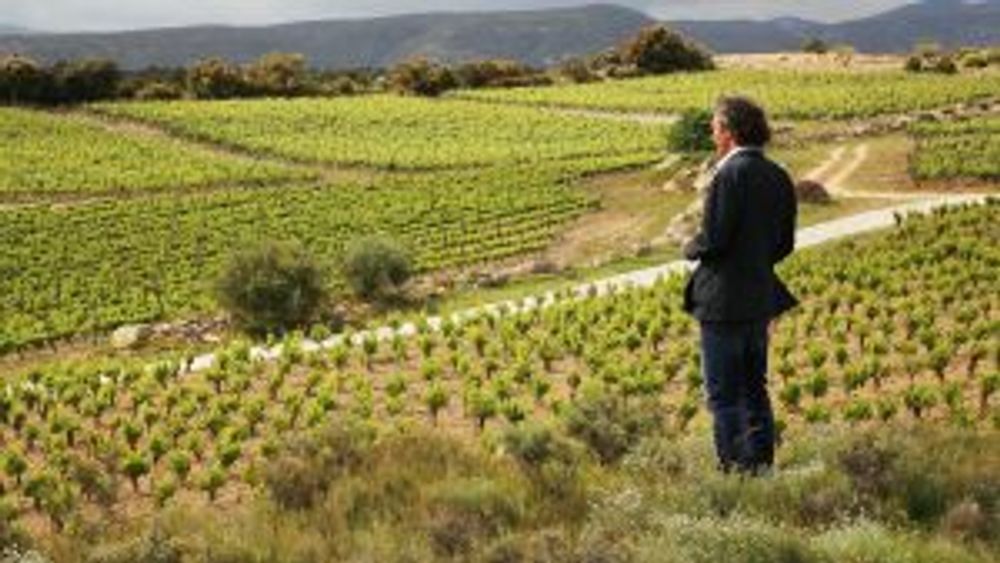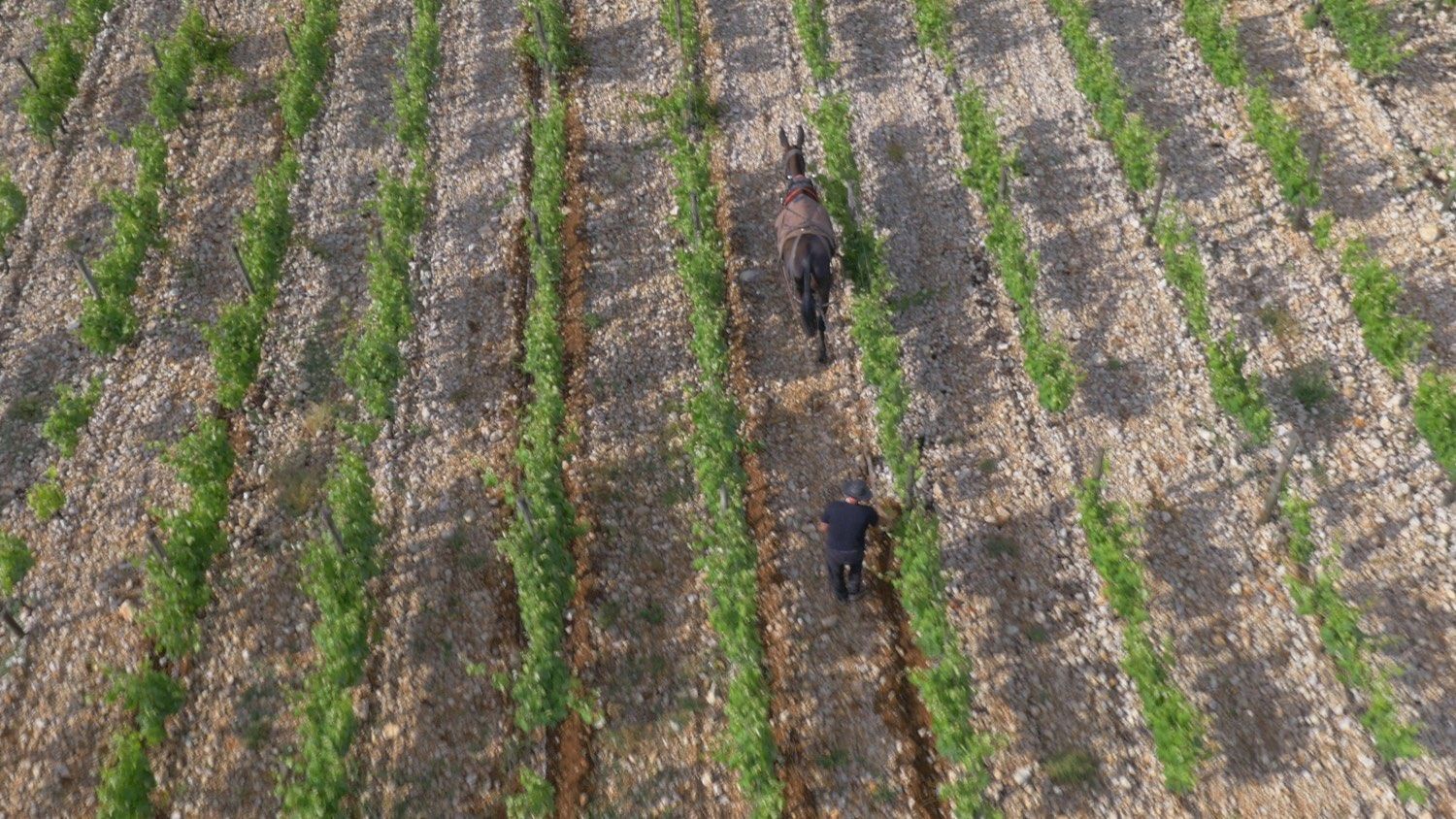Scratching the surface: helping you know your way around biodynamic, organic, sustainable and natural wine.
Gone are the days when restaurant wine lists were pretty much homogenous in their approach to listing wines – by country or region or, if you were really lucky, by style.
Now you’ll find sections devoted to organic, biodynamic and natural wines, with some restaurants giving a nod to ‘sustainable’ wines too.
These styles of wine have become increasingly popular in the on and off-trade – with sommeliers leading the charge – as customers demand wines that have greener credentials or are made in a low-impact, minimum-intervention style.
Some mystery still remains though about what each label actually means and how, for example, biodynamic differs from organic, and what exactly ‘sustainable’ means in a winemaking context. Let’s take a look…
Biodynamic wine
Biodynamics is an holistic approach to farming based on prevention rather than treatment.

Gerard Bertrand – one of the high profile champions of biodynamic wine at Clos D’Ora in the Minervois
Wine produced following the spiritual, ethical and ecological approach to agriculture as laid out by philosopher Rudolf Steiner in the 1920s can be labelled biodynamic. In practice, wine farmers treat their soil, vines and grapes with special preparations applied following the phases of the moon, such as burying a cow’s horn filled with manure in the corner of their vineyards.
There is an increasing consumer awareness of biodynamic wine and the market has responded with many top-end restaurants sourcing a significant number of listings from biodynamic producers, and the supermarkets following suit. One of Europe’s leading biodynamic practitioners is Languedoc winemaker Gérard Bertrand who said earlier this year that he plans to farm all his estate wines biodynamically by 2021.
Organic wine
Organic wine is produced from grapes grown in accordance with the principles of organic farming, and is governed by the Soil Association.
In the case of organically grown grapes, the use of artificial pesticides, herbicides, fungicides and fertilisers is prohibited. There are, however, fertilisers that are approved for use in organic viticulture, and these are typically derived from animal or vegetable matter. This means that so long as the grapes are farmed following these rules the wine can be labelled organic.
The wine itself is made with the use of chemical additives such as SO2, albeit with lower than average levels used where possible. Again, organic wine has quite a following and is seen as a ‘greener’ and more attractive option by many.
Sustainable wine
Sustainable remains a woolly term in an environmental context, but is most often described as “conserving an ecological balance by avoiding depletion of natural resources”.
It is pretty obvious that in an industry in which the source material is wholly dependent on the natural resources of soil, water and sunlight that all producers will seek to preserve these resources, but that doesn’t make all wine ‘sustainable’.
A growing number of farmers and winemakers are going the extra mile, such as building gravity-flow wineries, re-using winery waste water and reducing chemical additions used in vineyards by planting the right cultivars in the right areas. Furthermore, some producers attach a social code to sustainability and see sustainable practice as looking after the welfare of staff as well as protecting natural resources.
Natural wine
And finally, the buzz-term of the moment. Through events and tastings such as the RAW Wine Fair, natural wine is gaining popularity by the day.
In essence it is wine made without the aid of many modern winemaking practices and chemical additives, returning to the production methods used many centuries ago.
This style of minimum intervention winemaking produces an end product that its protagonists will tell you is purer and more expressive in style. Without using chemicals and additives in the vineyard and winery, and by using only tiny amounts of sulphur dioxide, natural wine is said to offer a truer expression of the grape itself. On the downside, by minimising the use of SO2 in the winery the wine is not as well ‘protected’, can easily spoil and has a significantly shorter shelf life as a result.
While these four styles of winemaking differ wildly in practice and interpretation, the common thread is a ‘less is more’ approach that holds the environment central to its thinking. The fact that many consumers presume that wines with these tags taste better and are healthier than conventionally-produced wine is an added advantage.

End note: Why is SO2 so important to the winemaking process?
Sulphur dioxide is used in winemaking because it preserves wine by acting as an anti-microbial, anti-oxidative and anti-fungal agent – without it wines would have a very limited shelf-life, be unstable and in many cases have undesirable ‘funky’ flavours. Organic producers are keen to limit the use of SO2 as it is essentially a chemical additive, and if you want to find a wine with zero or very little added SO2 you should look for ‘natural wine’.
































